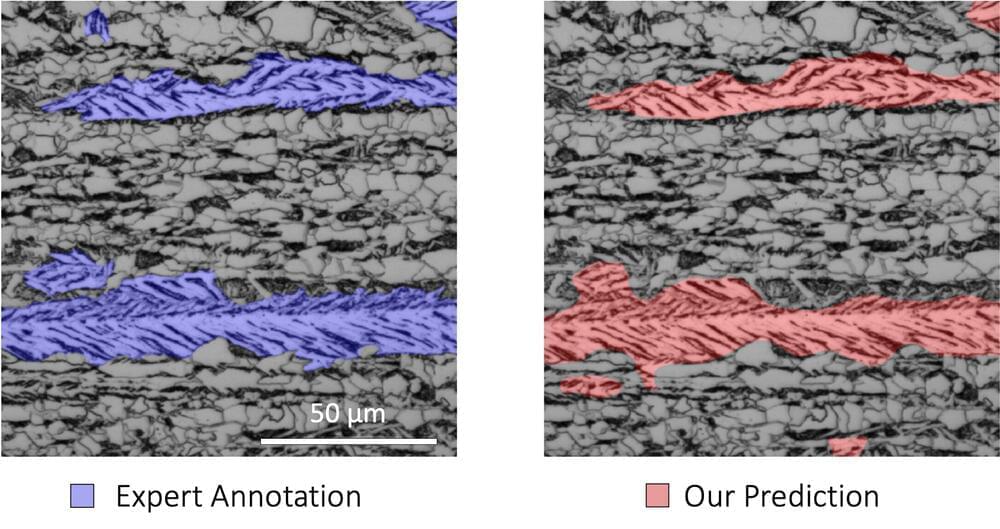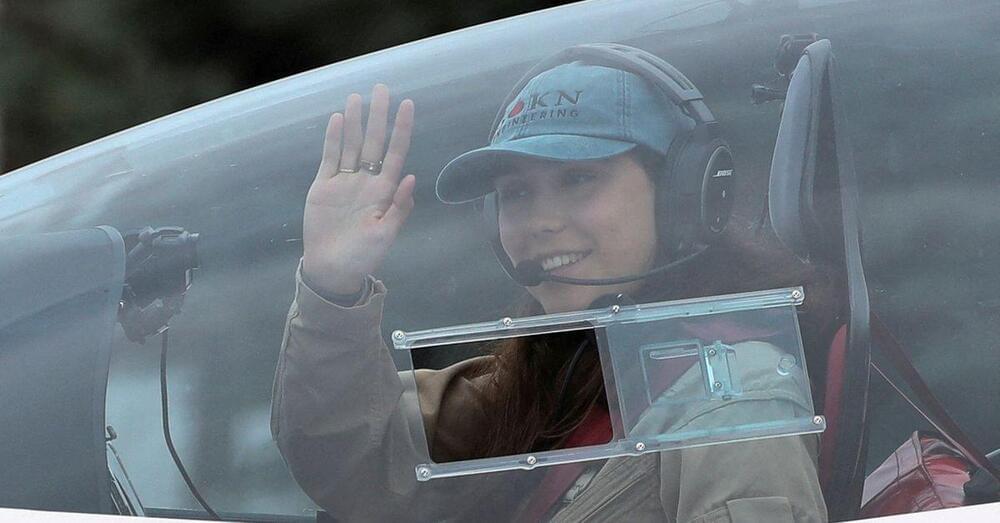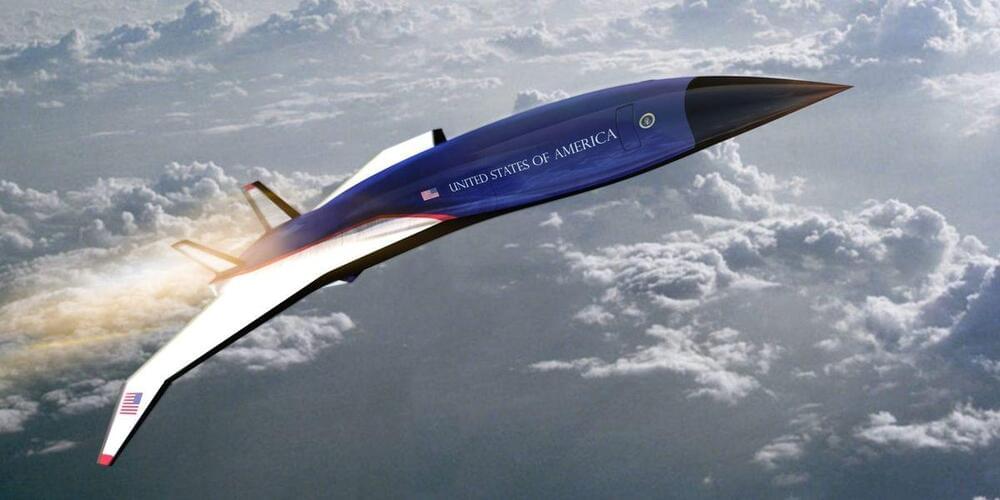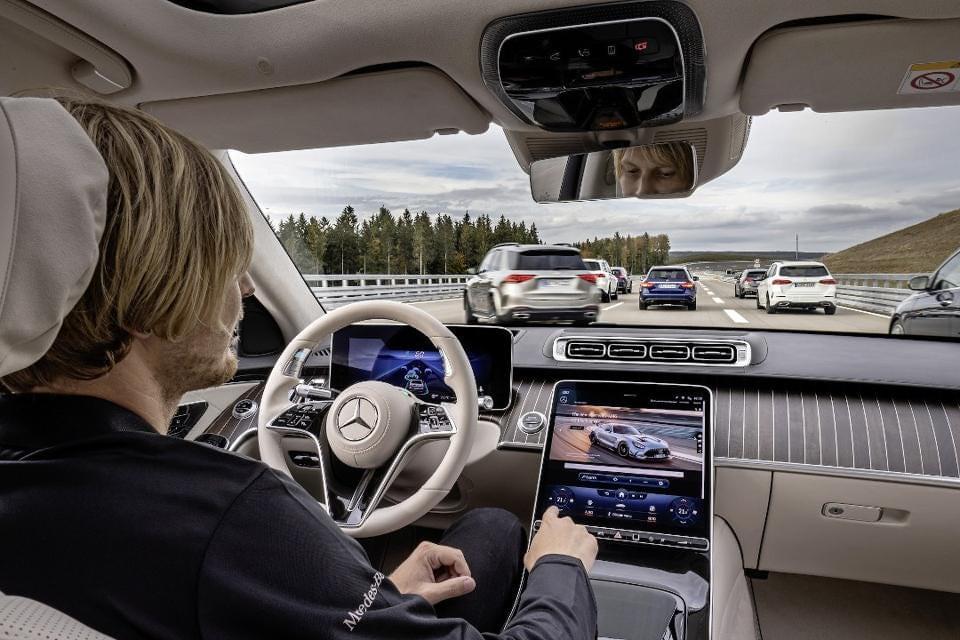And it offers limitless range.
Zurich-based Swiss Sustainable Yachts has unveiled its new luxurious yacht that is powered by not one but two sustainable fuels, solar and hydrogen. Dubbed Aquon One, the yacht has all the amenities that your heart can desire on a yacht and comes with zero guilt, the New Atlas reported.
Even as cars are going the electric way, maritime transportation is yet to see the same kind of enthusiasm. The first electric ship may have made its maiden voyage, however, the limited range offered by electric batteries is a major challenge that still needs to be overcome. The makers of Aquon One couldn’t agree more and therefore, have opted for a hydrogen fuel cell-powered electric propulsion than massive batteries.
They have gone a step further to set up a hydrogen fuel generator on the yacht itself that completely eliminates the need for a fuelling stop, taking away any limits on its range. The hydrogen generator is powered by solar panels that occupy 689 square feet (64 square meters) on the vessel rooftop, which can output more than 75 kWh/day in the summertime. Hydrogen is generated by electrolyzing desalinated water and then compressed to be stored in carbon tanks, for long-term usage.
Full Story:







